Harvard University
Research Powers Progress
Research at Harvard—from medicine to technology to education and business—touches countless lives, moving us closer to disease cures, next-generation technology, and a more secure future for millions of people.
David Walt is researching whether certain proteins in the brain can shed light on how depression develops, which would allow scientists to identify potential treatments.
Learn more about his research and findings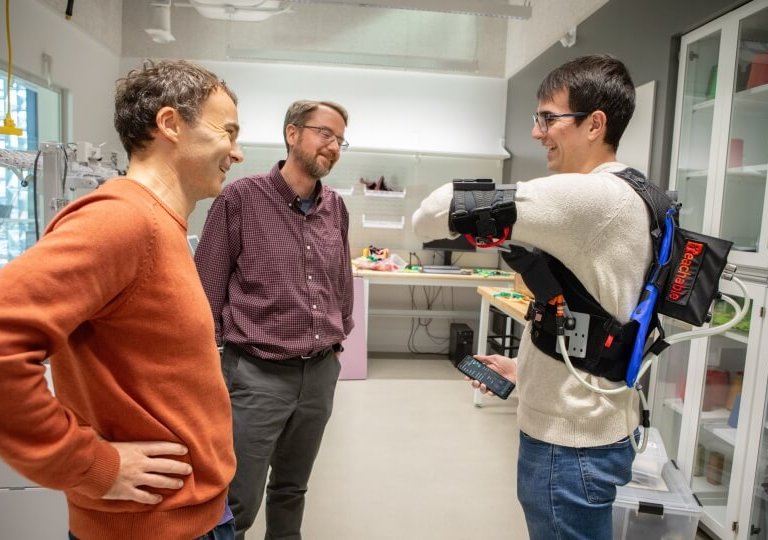
Harvard School Of Engineering And Applied Sciences
Regained mobility for stroke survivors
This soft, wearable robotic device developed at the Harvard Move Lab is helping stroke survivors and people with other movement impairments regain mobility and independence.

Harvard Medical School
New treatment for sickle cell patients
A new FDA-approved gene therapy from Harvard Medical School, Boston Children’s Hospital, and Dana-Farber Cancer Institute promises to have a monumental impact on patients with sickle cell disease across the United States and around the world.

Harvard Graduate School of Education
Keeping kids in school
Researchers found that chronic absenteeism could be reduced by mailing monthly personalized letters to families informing them of how often their child was out of school. These so-called “nudge letters” reduced chronic absenteeism by 10–15%.
The people behind the research
These experts, researchers, scientists, and scholars are working every day to make a difference.
Implications for autism
Researchers Ugne Klibaite and Bence Ölveczky are working on a new AI method that may better explain the relationship between the brain and social behavior, with possible implications for conditions such as autism.
Lowering prescription drug costs
Chemist and Harvard Griffin GSAS Ph.D. candidate Brandon Campbell has developed an innovative method of fluorination that could help reduce the cost of prescription drugs.
Understanding Parkinson’s disease
Harvard Medical School’s Trisha Pasricha was one of the researchers involved in a study which found that Parkinson’s disease originates in the gut before affecting the central nervous system.
Improving lives

- Harvard Medical School
Solving medicine’s most elusive mysteries
Although rare diseases occur in a relatively small number of people—fewer than 200,000 per condition in the U.S.—collectively, they affect an estimated 25 million people in this country and 300 million globally. The Undiagnosed Diseases Network (UDN) identifies the rarest of diseases and discovers new ones. Harvard Medical School helms the UDN’s research activities and leads its data operations.
Solving medicine’s most elusive mysteries- Harvard School of Dental Medicine
Revolutionizing dental care
A new adhesive patch can seal wounds and treat painful oral lesions in the mouth.

- Dana-Farber Cancer Institute
Making cancer connections
Research from Harvard-affiliated Dana-Farber Cancer Institute found exercise can help colon cancer survivors live longer.

- Mass General Brigham
Increasing lifespan
A Harvard study found replacing butter with plant-based oils cut premature death risk by 17%.

- Harvard Chan School
Understanding infectious disease
A research team is harnessing AI to model infectious disease epidemics.
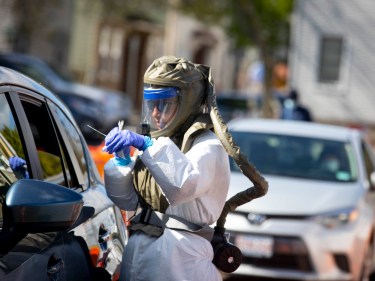
Multiple sclerosis
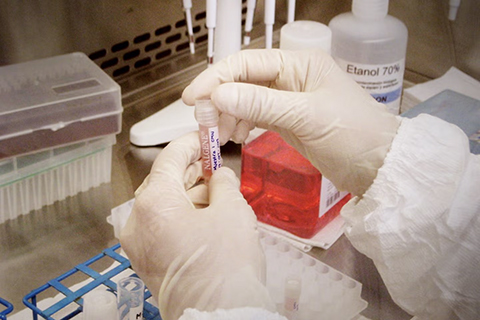
In 2022, a team of scientists at Harvard Chan School made a groundbreaking discovery. They found that multiple sclerosis, a disease that affects about 2.9 million people worldwide and for which there is currently no cure, is likely caused by infection with the Epstein-Barr virus.
Hearing loss
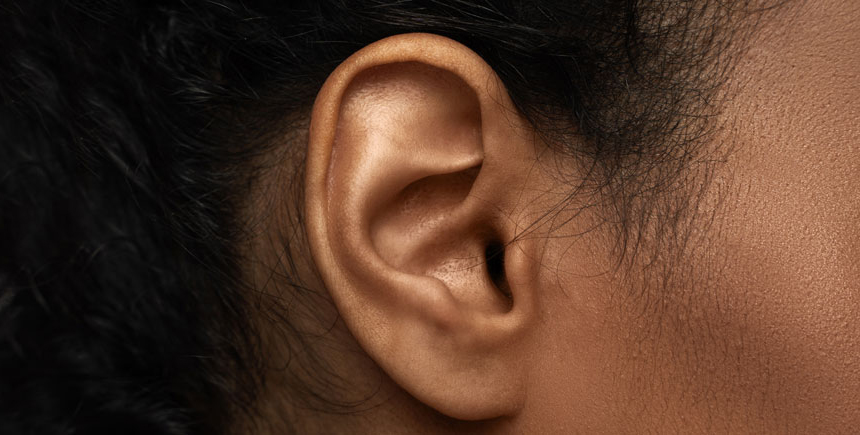
Hearing loss affects 430 million people worldwide, and 90% of those affected have hearing loss caused by destruction of the hair cells responsible for relaying sounds to the brain, which cannot regenerate. A research team led by Mass Eye and Ear’s Zheng-Yi Chen created a drug-like cocktail of different molecules that successfully regenerated hair cells. Similar research led to a gene-therapy breakthrough that allows congenitally deaf children to hear, which may yield other treatments for millions of children with genetic hearing loss.
Alzheimer’s

Worldwide, more than 55 million people are living with dementia. One group of researchers from Harvard-affiliated Mass General Brigham developed an at-home olfactory test that can identify those at risk of Alzheimer’s years before symptoms appear. Another research team found that a cancer treatment may also help those with Alzheimer’s.
Tuberculosis
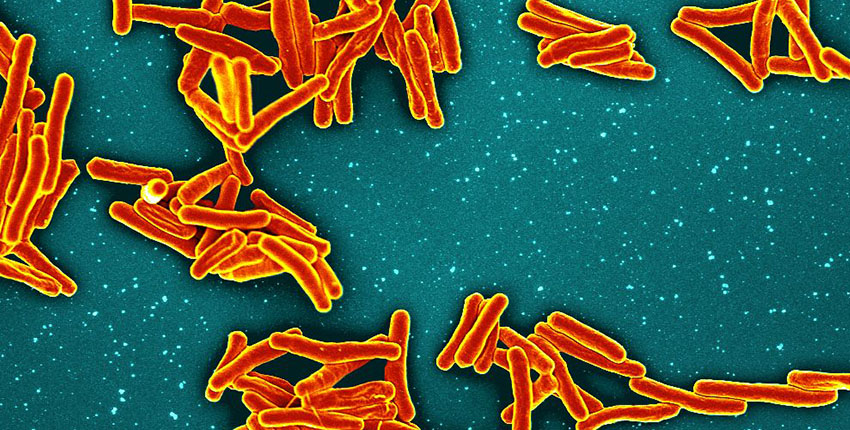
Tuberculosis remains one of the top infectious disease killers worldwide, a challenge amplified by drug-resistant forms of the disease. In a major step forward, an international clinical trial including Harvard Medical School found three new safe and effective drug regimens for tuberculosis that is resistant to the most common antibiotic.
Heart attack and stroke
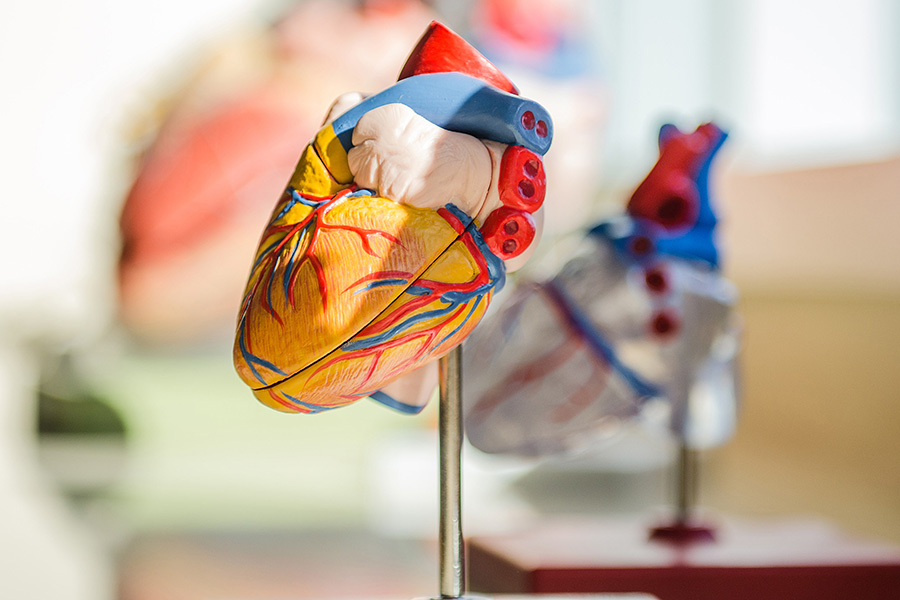
For people who have had a heart attack or stroke, statins—the most prescribed class of drugs to treat high cholesterol—lower cholesterol and the risk of a second heart attack or stroke. Now, two studies show that statins are also protective for high-risk groups who haven’t yet had a heart attack or stroke but could be at risk of one.
Diabetes and obesity
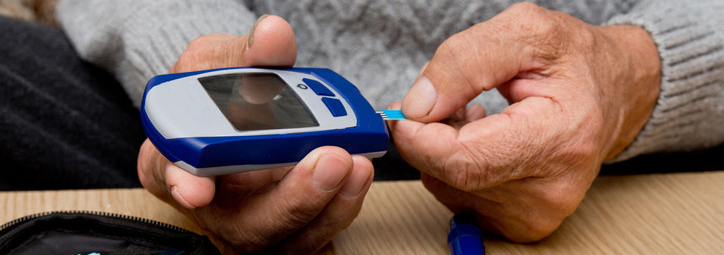
Type 2 diabetes affects nearly 400 million people worldwide, and obesity is estimated to affect about one billion. Harvard Medical School researcher Joel Habener discovered glucagon-like peptide-1 (GLP-1), a molecule that has become the basis for therapies which have transformed the treatment of diabetes and obesity.
Rolling out new robots
Harvard scientists are bringing inspirations from nature and art into robotic innovations.
Researchers at the Wyss Institute are developing RoboBees—a flying robot about half the size of a paper clip—to perform roles in agriculture and disaster relief.
Researchers at Harvard’s School of Engineering and Applied Sciences have developed a way to adapt Kirigami, the Japanese art of paper cutting. Using the latest laser cutting technology, engineers programmed kirigami surfaces to ultimately integrate the design into sensors, stretchable electronics, smart displays, and other soft robotic materials.
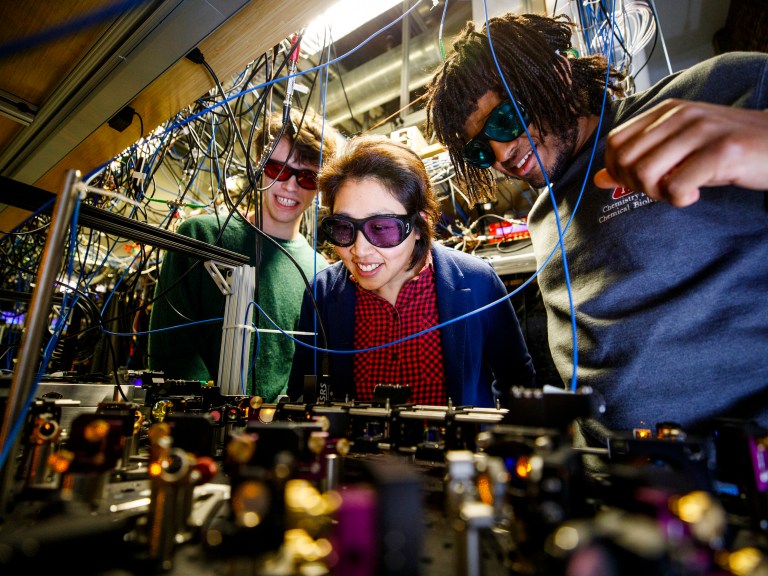
Harvard Faculty of Arts and Sciences
Uncovering new realms in quantum computing
A team of Harvard scientists succeeded for the first time in trapping molecules to perform quantum operations. The findings open new realms of possibility for harnessing the complexity of molecular structures for future applications.
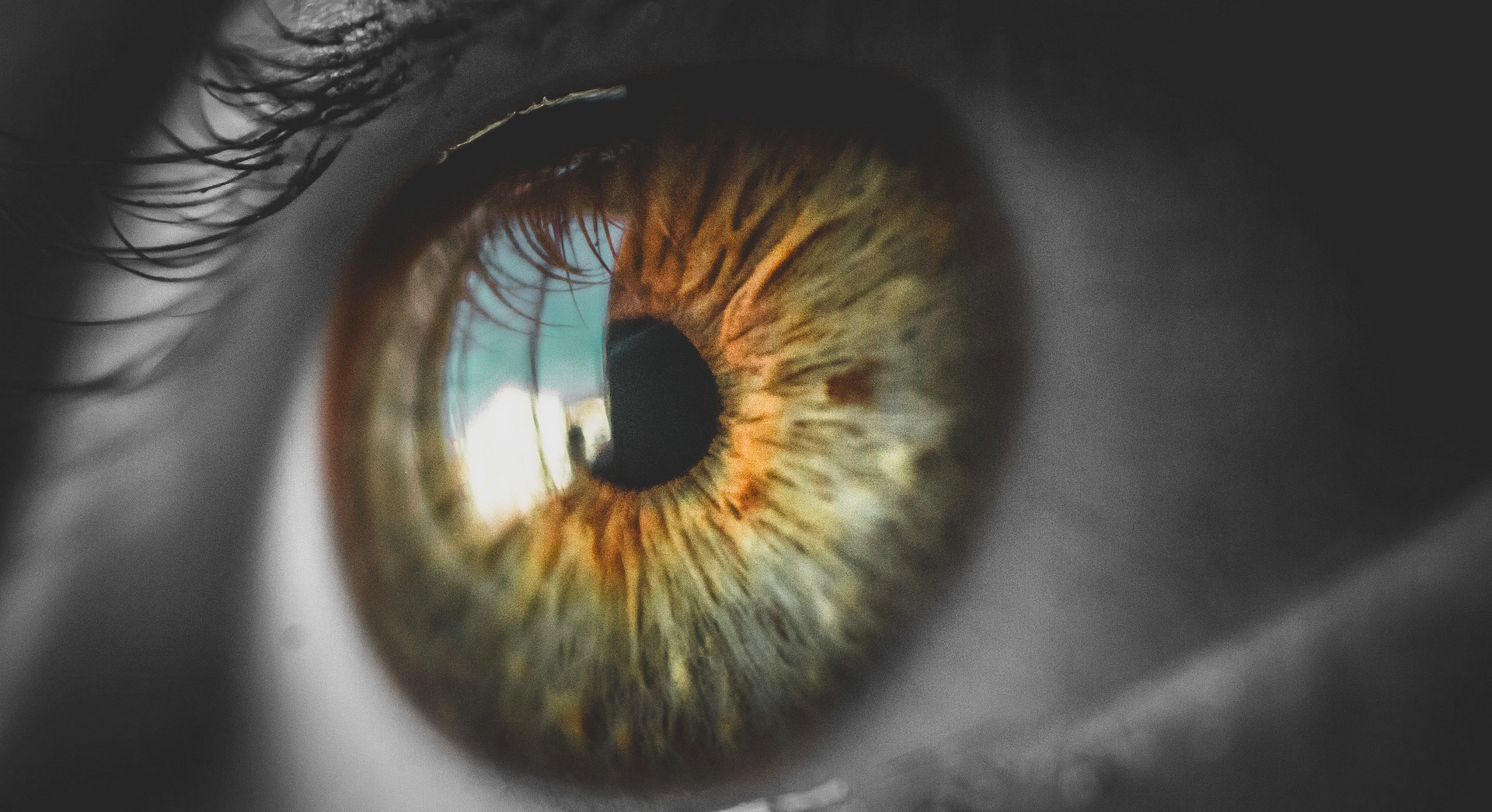
Repairing eye damage
Cornea injuries that deplete the limbal epithelial cells, which can never regenerate, cause patients persistent pain and visual difficulties. A clinical trial led by Harvard-affiliated Mass Eye and Ear took stem cells from a healthy eye and transplanted them into a damaged eye, safely restoring the corneal surfaces of 14 patients.

Harvard Forest
How some rainfall can actually lead to drought
Research from Harvard Forest identified a crucial relationship between precipitation patterns and soil types in New England. Short bursts of rain onto rocky New England soil leads to rapid drainage without enough time for water to be effectively retained in upper soil layers.
The people behind the research
Gene editing
Ph.D. student Xi Dawn Chen’s development of an innovative gene-editing tool will help researchers understand which specific mutations lead to conditions such as cancer, blood disorders, and genetic syndromes.
Cancer
Alum Chris Wagner is designing a technology and software platform to help surgeons target even the most difficult tumors. The needle-shaped device delivers precise bursts of heat to destroy tumors without damaging the surrounding tissue.
Children’s literacy
Nonie Lesaux developed a series of briefs to help the New York State Education Department better understand what scientific research says about how children learn strong reading and writing skills.
Rehabilitation
Harvard Kennedy School’s Marcella Alsan found that inmates who took part in a county jail education program were less likely to return to jail. They also built their skill sets at relatively low cost.
Social wellbeing
Harvard Business School’s Elisabeth Paulson studies how to efficiently and fairly design and allocate resources—especially limited resources in the public sector or nonprofits—with the goal of improving social wellbeing.
Prion disease
Harvard Medical School’s Sonia Vallabh and her husband are among the researchers who have developed a promising gene-editing therapy for a rare, fatal condition. Sonia is also a patient.
Progress in practice
You may also like







